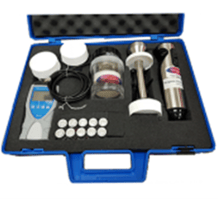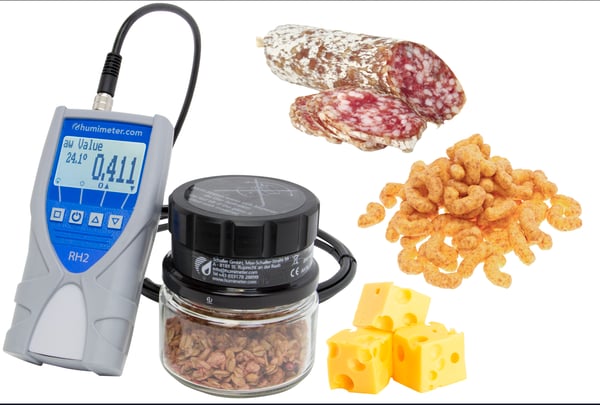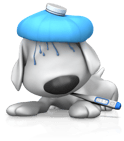An Introduction
Water activity is a measure of water in a material that is available to react with or attach itself to another material. This unattached water is referred to as “Free" water, while the unavailable water is called “Bound”.
Water Content is not Water activity but is the total amount of water in a product -- both Bound Water and Free Water.
Check out this article. It deals with the differences between Water Activity and Water Content.
The typical system uses a sealed, temperature-controlled chamber. A sample is placed in the chamber and sealed. The free water is allowed to escape into the air in the chamber. It remains there until all the free water has left the sample. (A condition of equilibrium)
At equilibrium the relative humidity of the air in the chamber is measured. The relation of this reading to pure water is the water activity measurement expressed as the term aw. The range of water activity is from zero to 1.0 aw.
Water activity (aw) is a critical factor in determining quality and safety of foods. It affects shelf life, safety, texture, flavor, and smell. For example, bacteria does not grow at water activities below aw 0.9, and most molds cease to grow at water activities below aw 0.80.
By measuring water activity, it is possible to predict which microorganisms will be possible sources of spoilage. In addition to influencing microbial spoilage, water activity can affect the activity of enzymes and vitamins in foods. It also has implication on color, taste and aroma.
There are three basic water activity measurement systems. These are Resistive Electrolytic Hygrometers (REH), Capacitance Hygrometers, and Dew Point Hygrometers (sometimes called chilled mirror).
Check out the CSC Water Activity Information Resources Catalog
The CSC Water activity Measuring system is based on a propriety relativity humidity sensor. This sensor is placed on the top of a sample vessel, after loading a sample, and creates an airtight seal. When the space above the sample reaches equilibrium, the aw reading is displayed on the meter. The system comes with optional Kits.

The Schaller Humimeter Water Activity Meter
 Load the Sample, Closed Sample Jar, Wait for stabilization, then read the Water Activity (AW)
Load the Sample, Closed Sample Jar, Wait for stabilization, then read the Water Activity (AW)

Fresh meat 0.98. Salami 0.83
Cheese 0.97 Dried fruit 0.88 Preserves 0.88 Honey 0.75 Pasta 0.50
Here are some of the water activity levels that start to become dangerous.
Minimum Aw Values for Growth of Microorganism Groups in Food
Most spoilage bacteria 0.90. Halophilic bacteria 0.75. Most spoilage yeasts 0.88 Xerophilic moulds 0.61. Most spoilage moulds 0.80 Osmophilic yeasts 0.61

© 2023 CSC Scientific Company, Inc. All rights reserved.